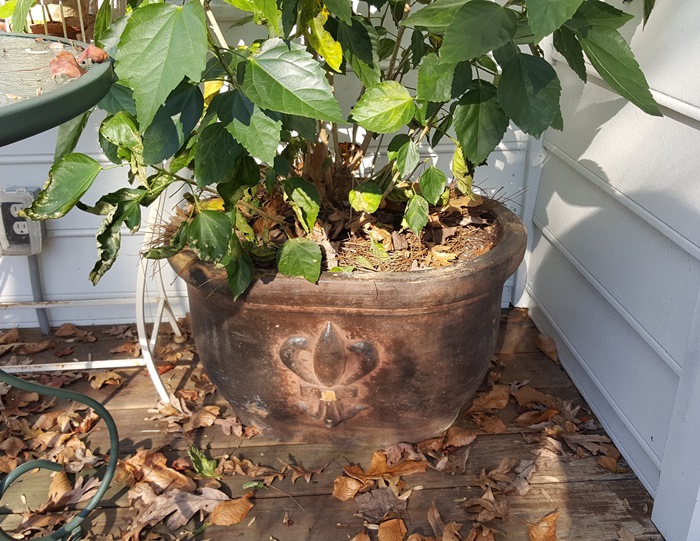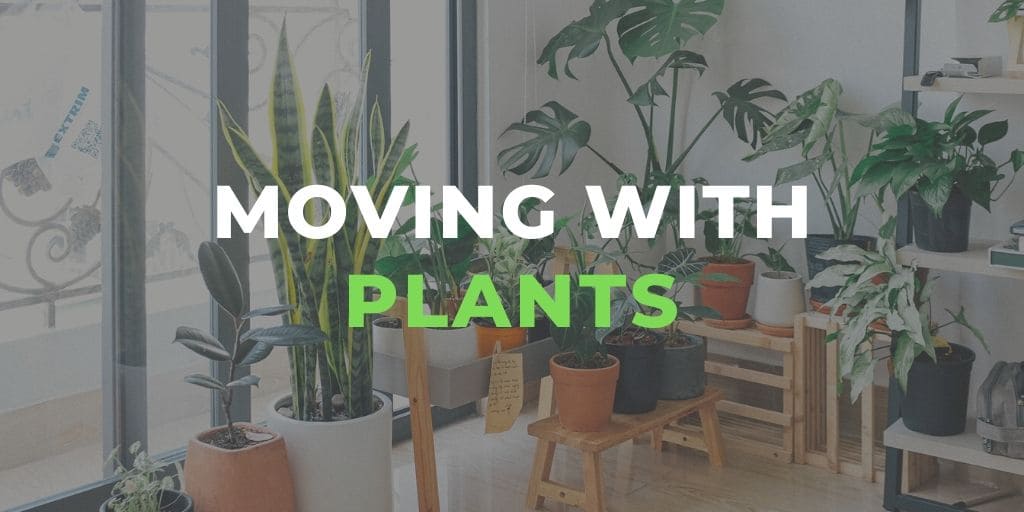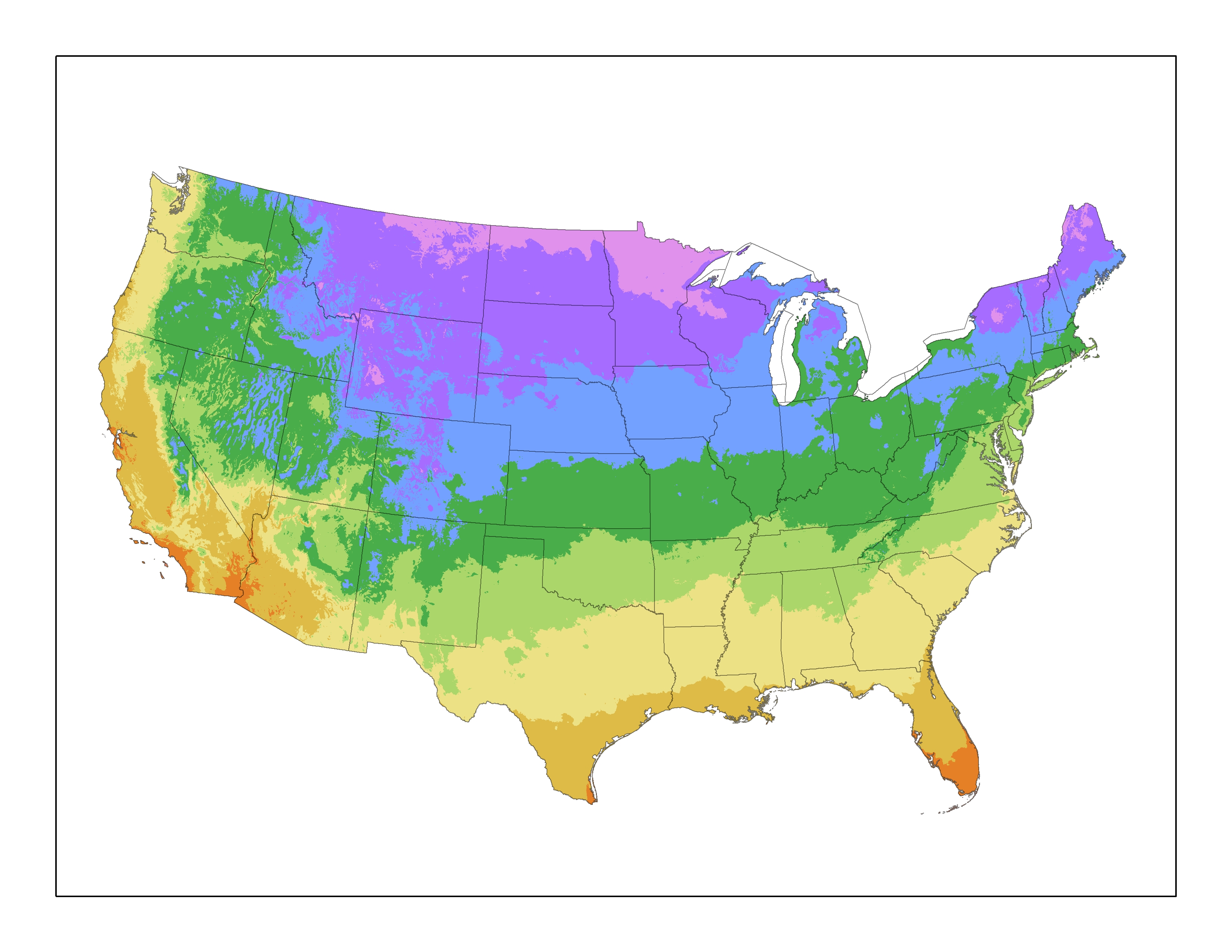Your How to move plants images are available. How to move plants are a topic that is being searched for and liked by netizens now. You can Get the How to move plants files here. Get all free vectors.
If you’re searching for how to move plants images information related to the how to move plants interest, you have pay a visit to the ideal blog. Our website always provides you with hints for seeing the highest quality video and image content, please kindly search and locate more informative video content and graphics that match your interests.
How To Move Plants. The soil should be moist but not too wet. Some algae can swim towards light. If you are moving it outside, limit watering it and stop fertilizing it for 2 weeks. Otherwise, wait until you have.
 How To Move With Plants in NYC CityMove New York Top From blog.citymove.com
How To Move With Plants in NYC CityMove New York Top From blog.citymove.com
How to move plants in pots. The soil will help to protect the plants during the move. After 1 week, move the plant outside for a little bit every day. Otherwise, look over the soil and plant to make sure you aren�t moving any critters. Thermotropism, a plant�s response to temperature, can be seen in winter when the leaves of rhododendrons (rhododendron spp.) curl downward in extremely cold. Leave all box lids open up until the.
Always use plastic pots to ship plants long distance.
Thermotropism, a plant�s response to temperature, can be seen in winter when the leaves of rhododendrons (rhododendron spp.) curl downward in extremely cold. We show you guys how to move a plant from a smaller pot to a large pot. Water plants two or three days before moving. Hold your plant by the ears or two true leaves and retain as much of the original soil around its root system as possible when you transplant. Cover the transplant with a good mound of soil so that one half of the plant is below ground, and the other half is above. Then, gently place the plant in the new pot.
 Source: movingbydesign.com
Source: movingbydesign.com
Place plants in pots with plenty of room and be sure that the soil is amply moist. Using a small pot is helpful to fit more plants in a smaller area, but it�s necessary. The surface of a venus flytrap�s modified leaves contains. Water the soil well the day before moving Put the plants into suitable containers the day before moving.
 Source: moveonmoving.com
Source: moveonmoving.com
Protect the leaves using paper. Label your plants to keep track of them. Get some sturdy boxes, line them with plastic and place your plant inside. If needed, help protect plants by wrapping them with newspaper or paper bags. Let us show you how
 Source: removalreviews.co.uk
Source: removalreviews.co.uk
Place plants in pots with plenty of room and be sure that the soil is amply moist. Put the plants into suitable containers the day before moving. Gently transfer the plant into your hole. If you must move plants during the summer, keep them out of the sun and wind. The soil should be moist but not too wet.
 Source: losangelestransfer.com
Source: losangelestransfer.com
Once you’ve filled the rest of the pot with soil, water the plant and place it in the sun. Moving the plant with a good root ball is important. Leave all box lids open up until the. Hydrate plants before uprooting them. Packing and protecting your houseplants is a step you undertake two to three days before your moving date.
 Source: dolly.com
Source: dolly.com
Water your plants only if they seem unusually dry. How to move plants in pots. How to pack plants for moving. Wrap roots of large plants, shrubs, and trees in burlap. Label your plants to keep track of them.
 Source: evolvemobilityintl.com
Source: evolvemobilityintl.com
Put them in the back seat of your car, with taller plants positioned on the floor. Speedy plant moves like this are driven by hydraulics, the real muscle in plants. Then, 7 to 10 days before transplanting, set the seedlings outdoors in dappled shade that is protected from wind for a few hours each day, gradually increasing their exposure to full. Hydrate plants before uprooting them. Cover the new pot’s drainage hole and fill it halfway with soil.
 Source: northstarmoving.com
Source: northstarmoving.com
A dry plant is at a major disadvantage when it comes to weathering the stress of a move. Otherwise, wait until you have. One option is to move the plants yourself. Arrange the pots close to one another and place crushed paper between to eliminate any harmful contact during the move. Moving the plant with a good root ball is important.
 Source: andersonshomeandgarden.com
Source: andersonshomeandgarden.com
Water plants two or three days before moving. Leave all box lids open up until the. In warm weather, stop periodically in shaded areas and crack a window. If you are moving it outside, limit watering it and stop fertilizing it for 2 weeks. Otherwise, wait until you have.
 Source: blog.citymove.com
Source: blog.citymove.com
Arrange the pots close to one another and place crushed paper between to eliminate any harmful contact during the move. Cover the new pot’s drainage hole and fill it halfway with soil. How to pack plants for moving. Avoid exposing plants to direct sunlight at any time. After 1 week, move the plant outside for a little bit every day.
 Source: misssmartyplants.com
Source: misssmartyplants.com
Stuff bubble wrap or foam cushioning between the pot and the box to make sure your plant doesn�t shift or tip during the move. Speedy plant moves like this are driven by hydraulics, the real muscle in plants. Let us show you how We show you guys how to move a plant from a smaller pot to a large pot. Cardboard boxes are the best choice for most plants as they�re sturdy and breathe.
 Source: pinterest.com
Source: pinterest.com
Using a small pot is helpful to fit more plants in a smaller area, but it�s necessary. Making sure your indoor garden remains unscathed when being transported from one location to the next requires preparation and planning, but whether you’re a homeowner or a renter, one thing’s for sure: Label your plants to keep track of them. Some algae can swim towards light. Stuff bubble wrap or foam cushioning between the pot and the box to make sure your plant doesn�t shift or tip during the move.
 Source: betweennapsontheporch.net
Source: betweennapsontheporch.net
Their spines can unfortunately tear leafy plants apart, so keep them in different boxes and away from the others! Then, 7 to 10 days before transplanting, set the seedlings outdoors in dappled shade that is protected from wind for a few hours each day, gradually increasing their exposure to full. Put the plants into suitable containers the day before moving. Float a thin, damp layer of paper over the top of each plant to act as a protective layer. The surface of a venus flytrap�s modified leaves contains.
 Source: pinterest.com
Source: pinterest.com
Put them in the back seat of your car, with taller plants positioned on the floor. The soil will help to protect the plants during the move. After 1 week, move the plant outside for a little bit every day. Next, set the bush in the soil with the crown of the plant (where the stem and the roots come together) at soil level. Thermotropism, a plant�s response to temperature, can be seen in winter when the leaves of rhododendrons (rhododendron spp.) curl downward in extremely cold.
 Source: youtube.com
Source: youtube.com
Packing and protecting your houseplants is a step you undertake two to three days before your moving date. Otherwise, wait until you have. If you have control over when you move and want to make the process easier, arrange to move in any of the other seasons, which have more favorable conditions for transporting plants. I also give a little overview of t. If you are moving it outside, limit watering it and stop fertilizing it for 2 weeks.
Source: chickadeegardens.com
Wrap roots of large plants, shrubs, and trees in burlap. Hold your plant by the ears or two true leaves and retain as much of the original soil around its root system as possible when you transplant. How to move plants in pots. Otherwise, wait until you have. Packing and protecting your houseplants is a step you undertake two to three days before your moving date.
 Source: youtube.com
Source: youtube.com
In warm weather, stop periodically in shaded areas and crack a window. Next, set the bush in the soil with the crown of the plant (where the stem and the roots come together) at soil level. If you’re moving plants in the summer, water them on moving day, being sure not to over water since you don’t want any moisture to escape the planter and get into the box. Always use plastic pots to ship plants long distance. Label your plants to keep track of them.
 Source: movinglabor.com
Source: movinglabor.com
Moving the plant with a good root ball is important. If you’re moving plants in the winter though, you’ll want the soil to be dry for the trip, so stop watering them a few days before you head out—moisture plus a shock of cold air are not a. A dry plant is at a major disadvantage when it comes to weathering the stress of a move. Cover the transplant with a good mound of soil so that one half of the plant is below ground, and the other half is above. How to move plants in pots.
 Source: danddstorageandmoving.com
Source: danddstorageandmoving.com
Speedy plant moves like this are driven by hydraulics, the real muscle in plants. Cardboard boxes are the best choice for most plants as they�re sturdy and breathe. Water your plants only if they seem unusually dry. Float a thin, damp layer of paper over the top of each plant to act as a protective layer. Some algae can swim towards light.
This site is an open community for users to do submittion their favorite wallpapers on the internet, all images or pictures in this website are for personal wallpaper use only, it is stricly prohibited to use this wallpaper for commercial purposes, if you are the author and find this image is shared without your permission, please kindly raise a DMCA report to Us.
If you find this site good, please support us by sharing this posts to your own social media accounts like Facebook, Instagram and so on or you can also bookmark this blog page with the title how to move plants by using Ctrl + D for devices a laptop with a Windows operating system or Command + D for laptops with an Apple operating system. If you use a smartphone, you can also use the drawer menu of the browser you are using. Whether it’s a Windows, Mac, iOS or Android operating system, you will still be able to bookmark this website.







